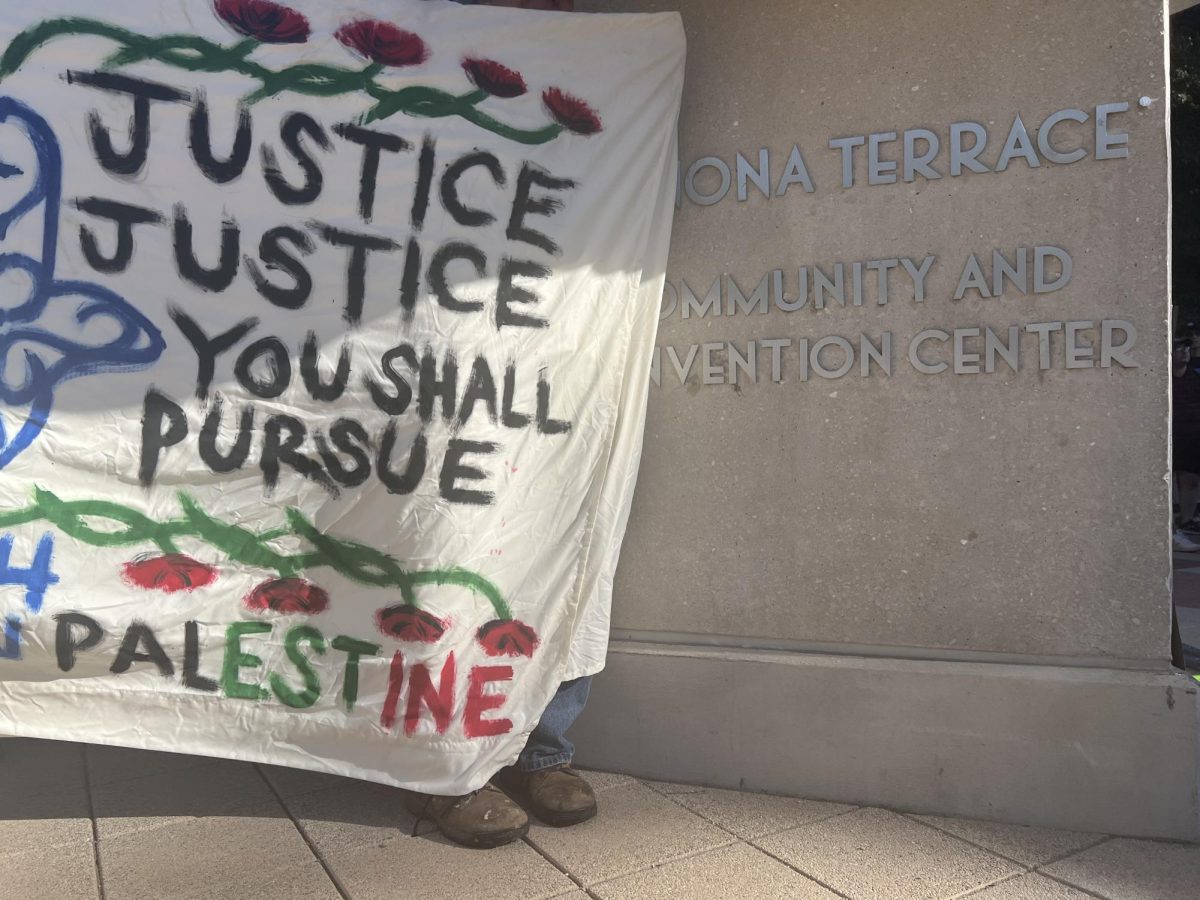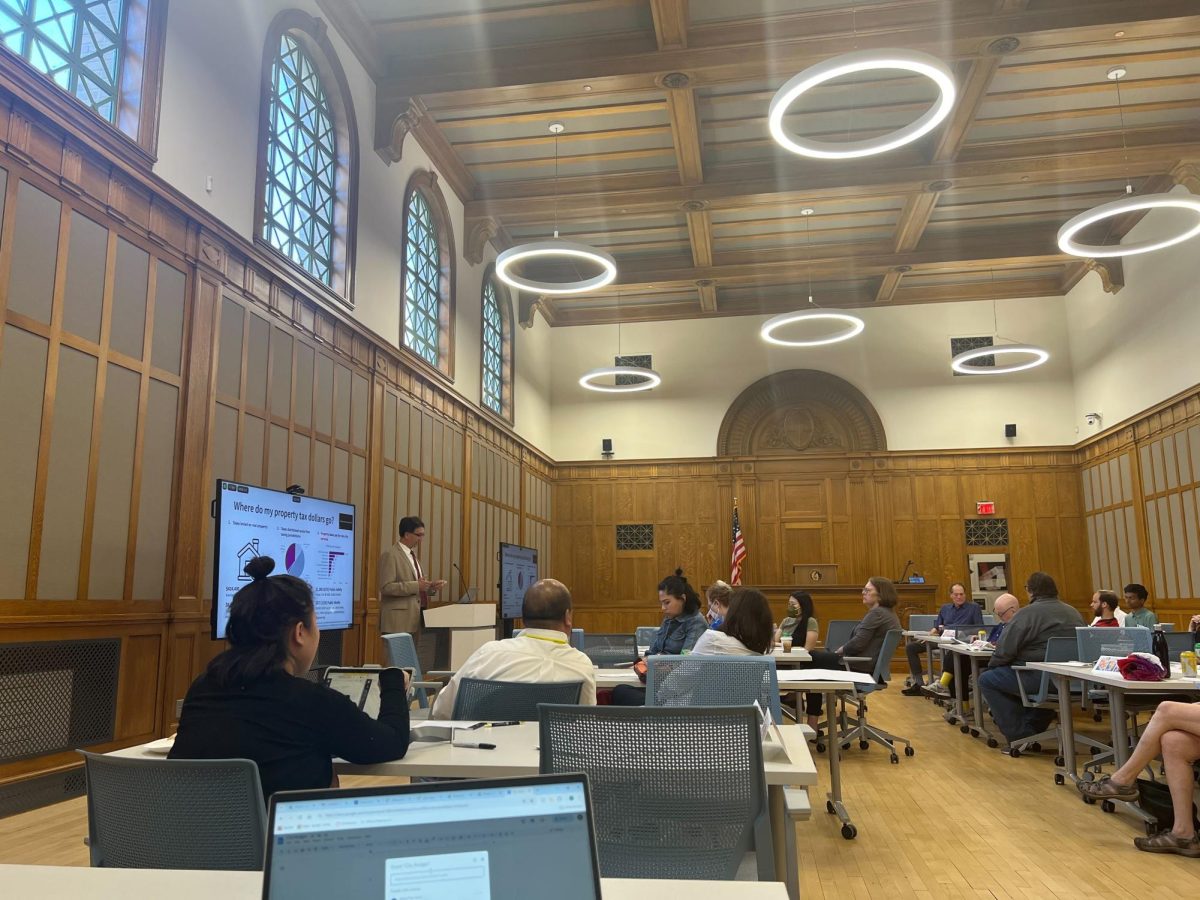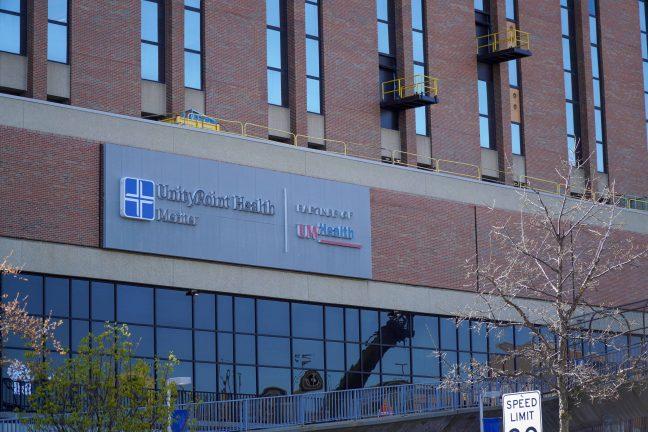For Denise Jess, the CEO and executive director of the Wisconsin Council of the Blind and Visually Impaired, navigating Madison’s public transportation is a task that takes careful planning and is a source of constant anxiety.
Jess is visually disabled, and like many people with disabilities in Madison, she relies on public transportation as her only mode of commuting.
“You have to dedicate pretty much a day to potentially do business on the other side of town. And maybe that piece of business is only a twenty minute doctor’s appointment, but it’s going to take you an hour and a half to get there and another hour and a half to get back, so that might be time lost from work,” Jess said.
Madison’s public transportation is incredibly frustrating for those with disabilities to navigate, Jess explained. For those like herself who are visually impaired, it can be easy to miss stops if they are not announced. For people with mobility issues, it can be challenging to get to their desired stop and end location, she said.
An October 2018 report titled from the with 1000 Friends of Wisconsin, WISDOM, the Wisconsin Council of the Blind and Visually Impaired, the Sierra Club and the Chippewa Valley Transit Alliance sought to bring awareness to what they described as an inadequate public transportation system. The report suggested that Madison would benefit from faster, more frequent bus service.
Jess conceded the need for more efficient and accommodating transit services.
“If I could get from the east side of Madison to the west side of Madison within half an hour, or an hour equivalent or maybe a little bit longer than it would take to actually drive, then I could do my business and I can come back,” Jess said. “That’s empowering.”
David Trowbridge, the principal transportation planner for the city, said Madison is currently looking into a Bus Rapid Transit line that could potentially solve some of these problems. As explained on BRT’s website, the transit line is a high frequency, limited-stop transit system that is faster and can transport more riders than current buses. Furthermore, BRT uses dedicated lanes to avoid traffic and would compliment Madison’s current metro system, the website said.
Trowbridge said that while BRT would increase frequency and reduce travel time, lack of funding may limit its overall impact. Trowbridge said Wisconsin’s lack of Regional Transit Authorities, which were made illegal during the 2011-2012 legislative session, may inhibit BRT’s growth.
“We just don’t have the ability to grow our system without that kind of a funding source,” Trowbridge said. “We may be able to build the first line of BRT with help from the federal government as part of a grant, but with ongoing operations and growth we can barely keep up with inflation with our current Madison Metro system. Really the property taxes are the only thing that can help keep up with inflation.”
Bus Rapid Transit kick-off meeting highlights plans for future of transit
Ashwat Narayanan, transportation policy director at 1,000 Friends of Wisconsin, said this inability to expand could be detrimental. Narayanan explained that as cities on the periphery of Madison, such as Sun Prairie and Verona, continue to grow, more jobs are created. But many of the available workers in Dane County live in Madison, and without a reliable transportation system, they cannot access these jobs.
This, in turn, affects the disabled community, Jess said, as the difficulty of accessing jobs causes employers to inadvertently exclude people with disabilities.
“We have Epic out in Verona, we have Exact Sciences, we have Promega out on Sheryl Parkway — so we have these really big employers and some of the jobs that they’re offering would be great for people with disabilities … but how do you get there?” Jess said.
Barbara Pfarr, WISDOM’s Transit Task Force chair, explained that when discussing transportation, Wisconsin has traditionally focused on roads and cars because of the powerful road construction lobby. But Pfarr warned that roads are not the best use of funds, as public transit serves all people.
Trowbridge stressed the importance of improving Madison’s transit system before the city is over developed. He explained that Madison is currently transitioning from a mid-sized city to a large city, and if investments in transit are not made now, the city will suffer from congestion.
Former Madison Mayor discusses bike infrastructure, alternative transportation in urban planning
Jason Beloungy, the assistant director at Access to Independence Inc, said BRT must have lines in neighborhoods that are currently underserved in Madison. To ensure BRT is fully inclusive, Beloungy said it needs to be accessible to all people.
“Any planning that you do for any system, transportation or otherwise, has to have a legitimate and significant level of community engagement from all the communities affected,” Beloungy said. “We’re seeing that more and more, and I know that is something the city is working on — to get folks to the table from a variety of disability communities.”
According to their website, BRT is currently planning on leveling and widening boarding platforms and improving accessibility by adding additional doorways. They are also hosting community meetings and conducting surveys in an effort to receive community input.
While Wisconsin’s public transportation system is still adjusting to changing demands, Narayanan hopes that BRT can lead the way in accessible transportation for all.
“We want to make sure that anything we do from a public transit perspective is done in a manner that really holds public transit to a very high standard, and we can set the template for other cities across Wisconsin,” Narayanan said.


















